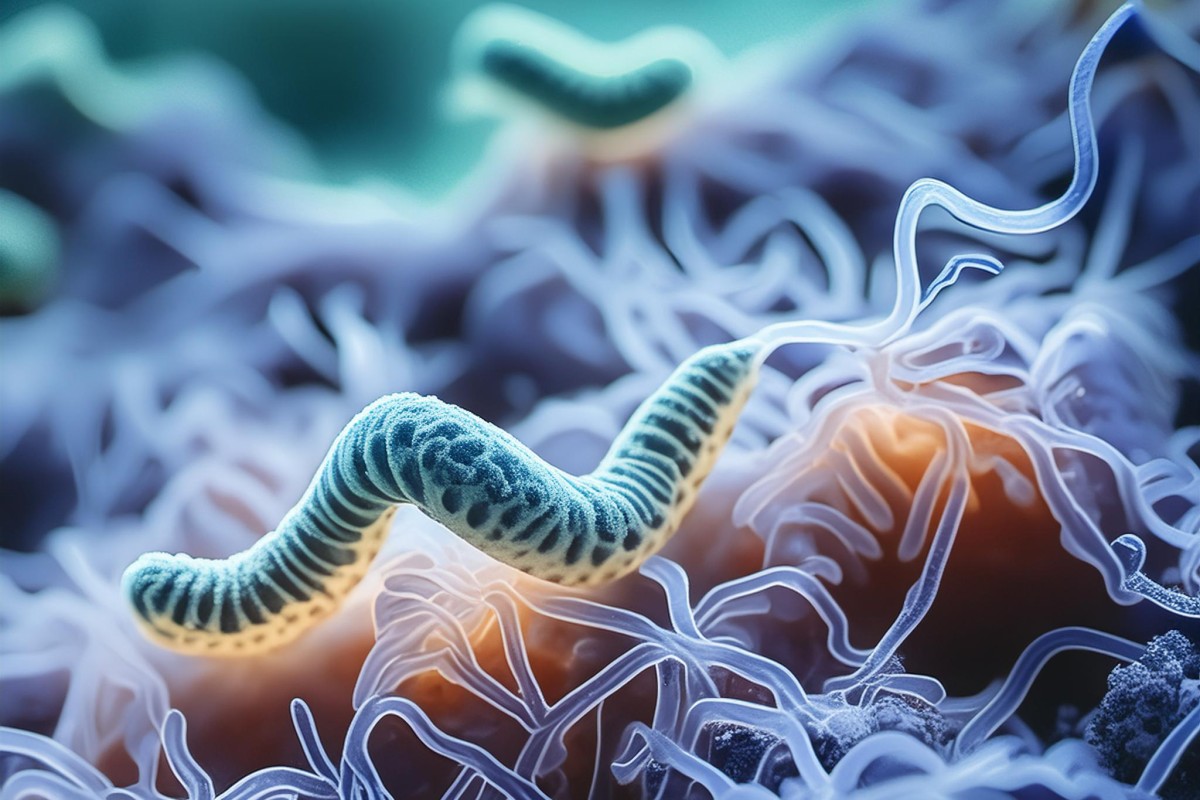Campylobacter in Food Processing Environments

Campylobacteriosis is a gastrointestinal infection caused by the Campylobacter bacteria and represents a considerable public health challenge globally. Its prevalence in food processing environments underscores the importance of understanding its characteristics and implementing robust control measures to ensure food safety.
Campylobacter is primarily harboured in the digestive tracts of animals and birds, making contamination of food products inevitable without adequate control measures. The bacteria’s ability to survive and persist in various environmental conditions, particularly in late spring and early summer, heightens the risk of transmission through contaminated food.[1]
In food processing environments, Campylobacter presents unique challenges due to its sensitivity to processing-related stresses. While it is susceptible to heat treatment, its persistence on fresh foods such as beef, poultry, produce, and milk throughout their shelf life is concerning. Even with refrigeration, Campylobacter can survive and proliferate, especially in moist and cold conditions, prolonging its viability and increasing the risk of contamination.
Refrigeration, although a common food preservation method, has limited efficacy against Campylobacter compared to other foodborne pathogens. While it inhibits the growth of many microorganisms, Campylobacter can still multiply, albeit at a reduced rate, posing a persistent threat to food safety. This underscores the need for comprehensive sanitation protocols and strict adherence to food safety standards in food processing environments.[2]
Effective cleaning practices targeting food contact surfaces, equipment, and utensils are critical to prevent cross-contamination and minimise the spread of Campylobacter. Regular monitoring and validation of sanitation procedures are essential to ensure their effectiveness and mitigate the risk of contamination.
In addition to traditional sanitation methods, the use of antimicrobial additives in surfaces within food processing environments has gained prominence in recent years. These additives, designed to inhibit the growth of bacteria, offer an additional layer of product protection against pathogens like Campylobacter. Among the leading antimicrobial additives in the marketplace is Biomaster, renowned for its effectiveness and versatility in various applications.
Biomaster utilises silver ion technology to deliver powerful antimicrobial properties, effectively inhibiting the growth of bacteria on treated surfaces. By incorporating Biomaster into food contact surfaces, equipment, utensils, and packaging food processors can enhance their existing hygiene protocols. The proven efficacy of Biomaster makes it a preferred choice for food processing facilities seeking to bolster their hygiene standards.
Furthermore, the utilisation of multiple antimicrobial strategies can complement refrigeration in inhibiting bacterial growth on packaging surfaces.
In addition to preventive measures, rapid detection and response to Campylobacter contamination incidents are crucial to mitigate the risk of foodborne illness outbreaks. Robust surveillance and testing protocols enable early identification of contaminated products, facilitating prompt intervention and minimising impact.
Collaboration between regulatory authorities, industry stakeholders, and consumers is essential to address the complex challenges posed by Campylobacter contamination in food processing environments. It is a multifaceted issue that requires a comprehensive and integrated approach to mitigate its impact on public health and food safety. Through proactive measures, continuous monitoring, and collaborative efforts, the risk of contamination can be minimised to safeguard consumer health against the threats posed by Campylobacter and other foodborne pathogens.
Find out more about Biomaster HERE
You can find out more about Campylobacter by reading the following related articles:
- What is Campylobacter?
- Campylobacter Packaging: The Additive Solution
- What is Campylobacter? 10 Things You Need to Know
- Campylobacter Food Poisoning: Far From a Mild Dose of the Runs!
References
[1] Campylobacter: important information / NHS Borders - https://www.nhsborders.scot.nhs.uk/media/209221/Campylobacter-June-2014.pdf
[2] Survival and Control of Campylobacter in Poultry Production Environment / National Library of Medicine - https://www.ncbi.nlm.nih.gov/pmc/articles/PMC7879573/
← Back to blog



